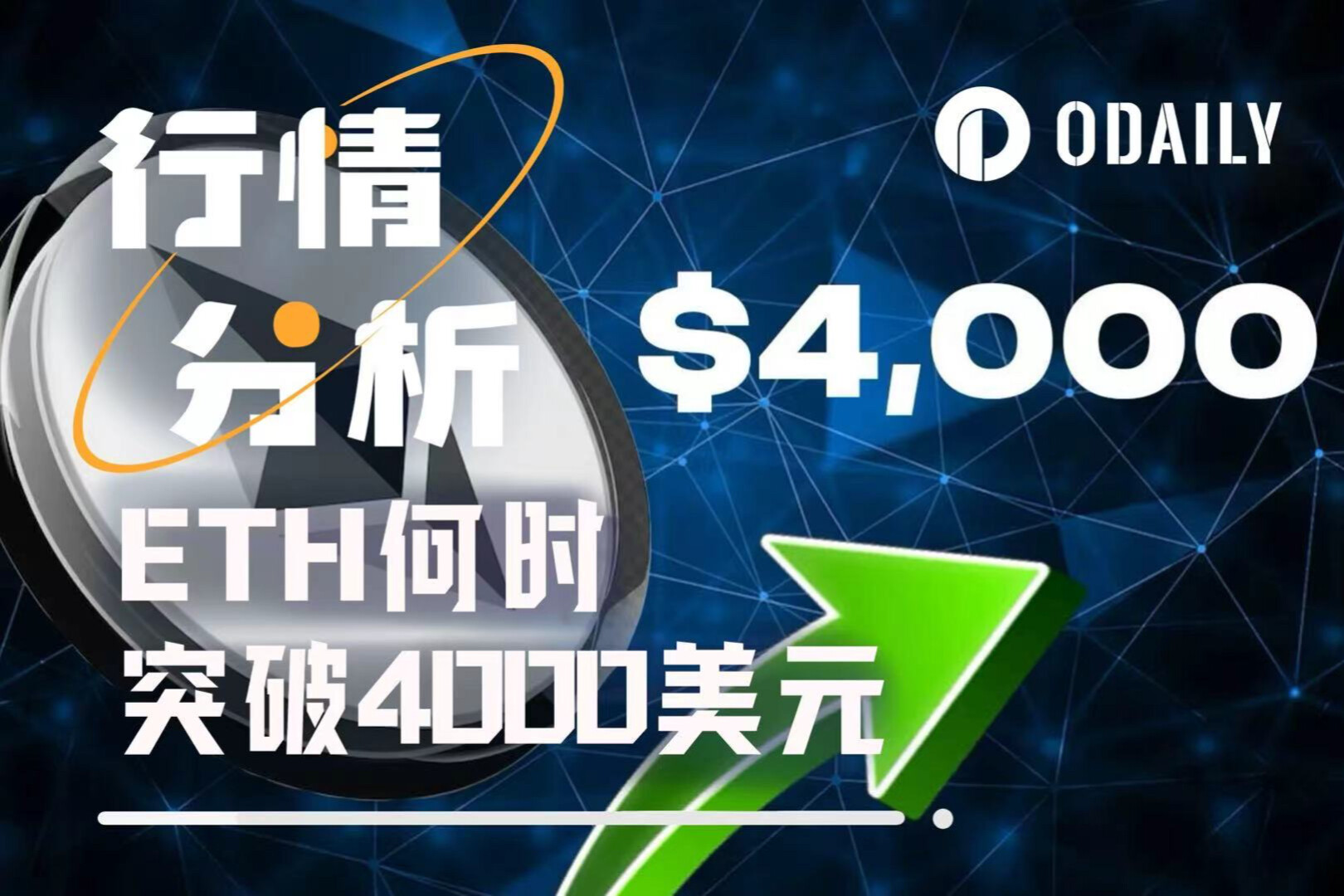The crypto-swapping of RWAs is becoming one of the most widely recognized development directions in the crypto industry. From traditional real estate to art, accounts receivable, and even government bonds, everything can be converted into RWAs. However, as the bubble recedes, a harsh challenge surfaces: it's not the difficulty of getting RWAs onto the blockchain, but rather the difficulty of how to circulate and monetize them once they're on the blockchain.
The story of real estate RWA has been told for years, but it has always been difficult to achieve real scale: valuation standards are vague, monetization paths are scarce, holding periods are too long, regulatory risks are unclear... The asset value seems huge, but in reality users can only "hold it on paper."
So, the question is: what kind of scenario is the most suitable first stop for RWA? Coinsidings’ answer is “travel”.
1. Why is real estate RWA stuck in a liquidity quagmire?
RWA is not a new concept, but the reason why real estate RWAs often fail is due to two key points:
1. The opacity of the “valuation anchor”
Traditional real estate valuations are influenced by multiple factors, including location, policies, and cycles. Asset valuation systems vary widely across regions, making it difficult to standardize on-chain "value tags." Even when mapped to a token on-chain, there's a lack of consensus on its price, making it difficult for counterparties to determine its value.
2. “Use value” cannot be released
Real estate assets are often closed for long periods of time, leaving holders with little to no way to use or earn income other than waiting for appreciation. Crypto users, on the other hand, prefer quick cashing out and high liquidity. This asset-heavy model of traditional real estate is inherently at odds with the operational logic of the crypto world.
In short: real estate RWAs are too heavy, too slow, and too difficult to trade.
2. Why is the RWA logic in tourism scenarios naturally adapted to encryption?
In contrast, tourism scenarios have the following unique advantages:
1. High-frequency consumption and fast capital turnover
Tourism consumption is inherently short-term, high-frequency: accommodation, travel, dining, tickets, services…each item is a real transaction that can be recorded and mapped on-chain. This high-frequency nature provides liquidity support for assetization.
2. Data can be split and behavior can be tracked
Every accommodation order and every payment transaction is a data asset that can be packaged and mapped through smart contracts. This "order is value" design imbues consumer behavior with asset characteristics and provides a distributed base unit for tokenization.
3. The linkage mechanism of discounts, points, and rights is naturally rich
The tourism consumption scenario already has the logic of "coupons", "membership levels" and "discounts and rebates". The "token incentives", "programmable assets" and "on-chain points" in the crypto world are highly compatible with this system and can even be further optimized and automated.
Therefore, if real estate RWA is more like the "sediment" on the chain, then tourism RWA is more like the "flowing blood" of the on-chain world.
3. How does Coinsidings use tourism RWA to reconstruct assetization logic?
Coinsidings did not choose to enter the RWA track from the traditional heavy asset perspective, but took a different approach: starting from tourist accommodation, mapping each real order into an "asset certificate" that can be confirmed, tracked, and participated in profit sharing, and further forming an asset network closed loop.
1. RWA asset network starting from "booking a room"
On the Coinsidings platform, every accommodation booking is not just a travel record, but also an asset creation activity. When a user completes a reservation through multi-currency payment, the system simultaneously generates on-chain data that can be used for points accumulation, rebate redemption, and subsequent profit sharing.
This order data is verifiable and unique on the chain, serving not only as a transaction certificate but also as proof of the value of consumer behavior. More importantly, this data is not static but can form the basis of economic incentives.
2. CSS Points Mechanism: Creating an “On-Chain Lifestyle Behavior Certificate”
In Coinsidings 2.0, CSS points serve not only as a rebate unit for travel spending but also as a "behavioral currency" for users' participation in the entire ecosystem. With each completed order, users not only receive price discounts but also accumulate CSS points, which can be used for the following purposes:
- Used to participate in the platform's new round of new projects and lock in high-value assets that are about to be launched in advance;
- Exchange and trade in the secondary market with immediate liquidity;
- Enjoy membership level upgrades, corresponding to different levels of services and option rewards.
CSS points have become the behavioral primitive in users' "on-chain life", breaking the closed-loop logic of traditional platforms where "consumption is the end point".
3. Breaking the rigidity of real estate RWA with “short-term rental orders”
Once traditional real estate assets are on-chain, they are difficult to frequently transfer, combine, and re-mortgage. Coinsidings, on the other hand, adopts an "order-driven" model, treating accommodation orders as asset units. Each order represents a real-world usage scenario and corresponds to real settlement data.
The benefits of doing this are:
- The order unit is small and can be split into transactions, lowering the participation threshold
- Each transaction has a logical chain of value source, which is easy to verify and reach consensus.
- Users gain immediate feedback and benefits from participation, forming a stronger incentive cycle
In other words, Coinsidings does not attempt to forcibly "move" traditional real estate to the chain, but instead redefines the basic unit of "asset" and approaches it from a lighter and more fluid level.
4. Not just tourism, but also a prototype of the “on-chain life system”
Coinsidings 2.0 doesn't replicate the traditional real estate RWA model. Instead, it takes the "high-frequency consumption + short-term returns" travel rental scenario as its starting point, designing an asset model more aligned with the rhythm of Web 3. By mapping travel accommodation resources into configurable equity, the platform establishes a "daily rental as asset certificate" structure. Users accumulate on-chain points through consumption and simultaneously unlock pre-set equity paths. The core of this mechanism is that accommodation is no longer just a one-time expense, but becomes the starting point for asset participation and equity activation.
Furthermore, Coinsidings introduces a "locked stake with every order" mechanism, eliminating the issues of indivisible assets and unpredictable returns inherent in traditional RWAs. Each payment for a travel order generates a corresponding on-chain record and triggers the equity distribution logic. Users can choose to lock, reinvest, or withdraw their stake, forming a complete closed-loop system.
This mechanism not only enhances the composability of tourism assets but also allows every user purchase to have the value of on-chain asset collaboration. Compared to traditional real estate, which often takes years to recoup investment, Coinsidings applies the "earn while you use" philosophy to every accommodation transaction, truly returning RWA to its essence of "liquidity."
The ultimate goal is to create a crypto tourism ecosystem where consumption is an asset, behavior is a right, and data is value , and become a pioneering template for the integration of the real economy and the on-chain economy.
Conclusion: The future of RWA lies not in “asset diversity” but in “liquid authenticity”
The story of real estate RWA teaches us a lesson: without liquidity, no matter how large the assets are, they cannot truly become "usable value"; and the rise of tourism RWA shows us another path - using real behavior to drive tradable assets and using daily consumption to support the financial system.
On this path, Coinsidings is more than a simple travel booking platform, nor is it a consumer rebate system under the banner of Web 3. What it is doing is truly "native": assetizing real life, turning assets into behaviors, and turning behaviors into value.
This is not only the next step in the development of RWA, but also the key starting point for Web 3 to move towards the mainstream and the real world. It is the first step to "on-chain life" and the first stop on your future asset map.





